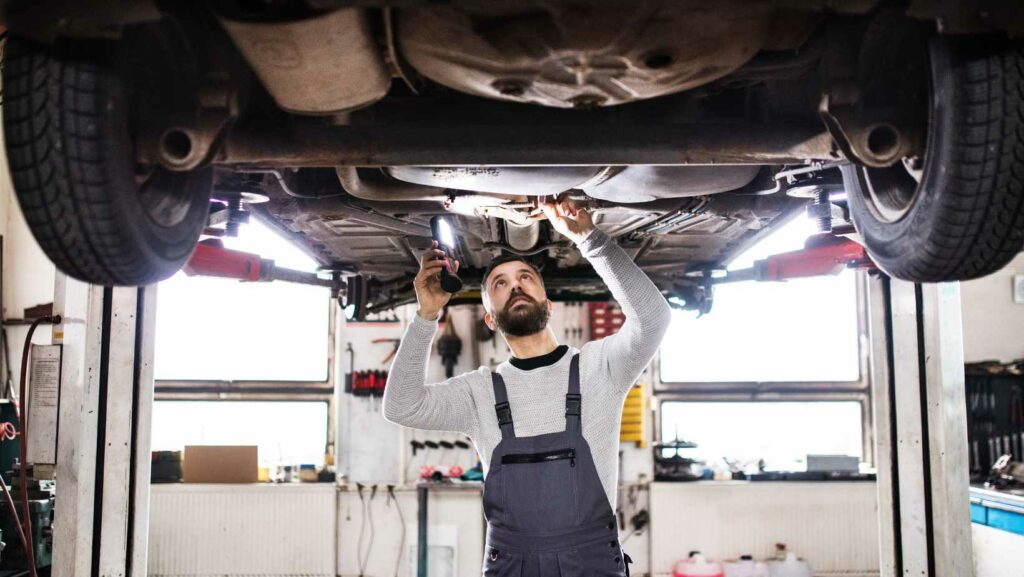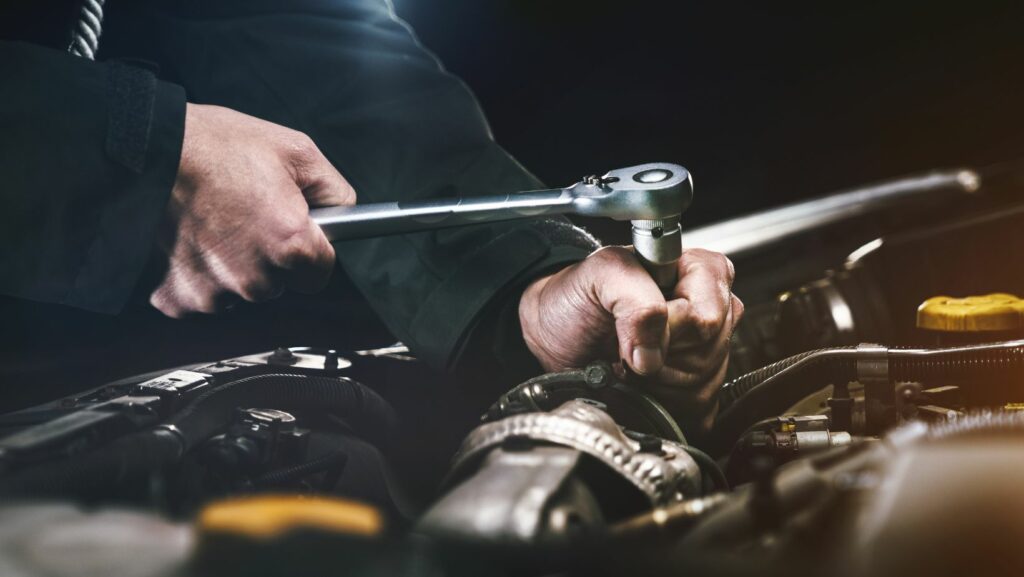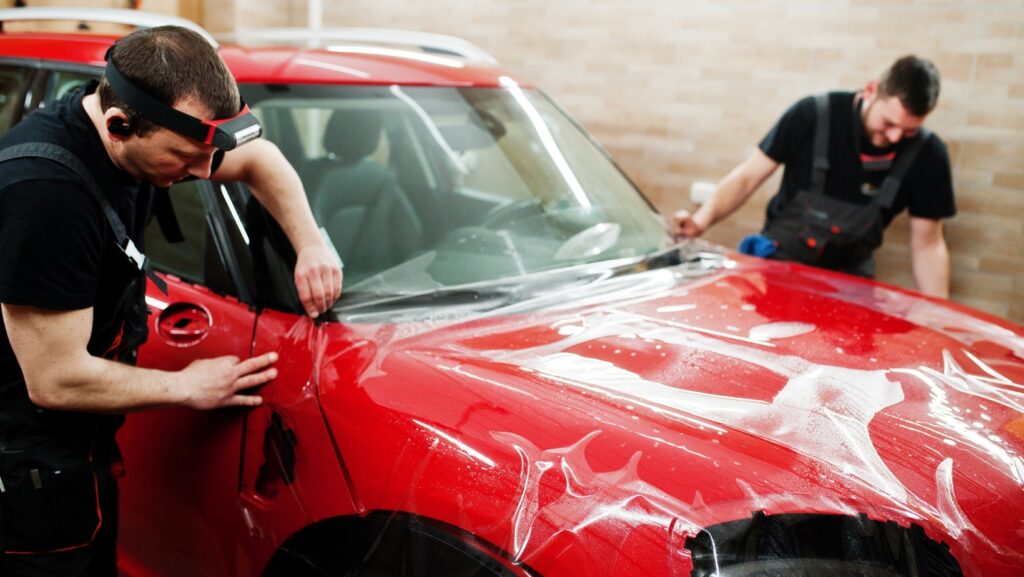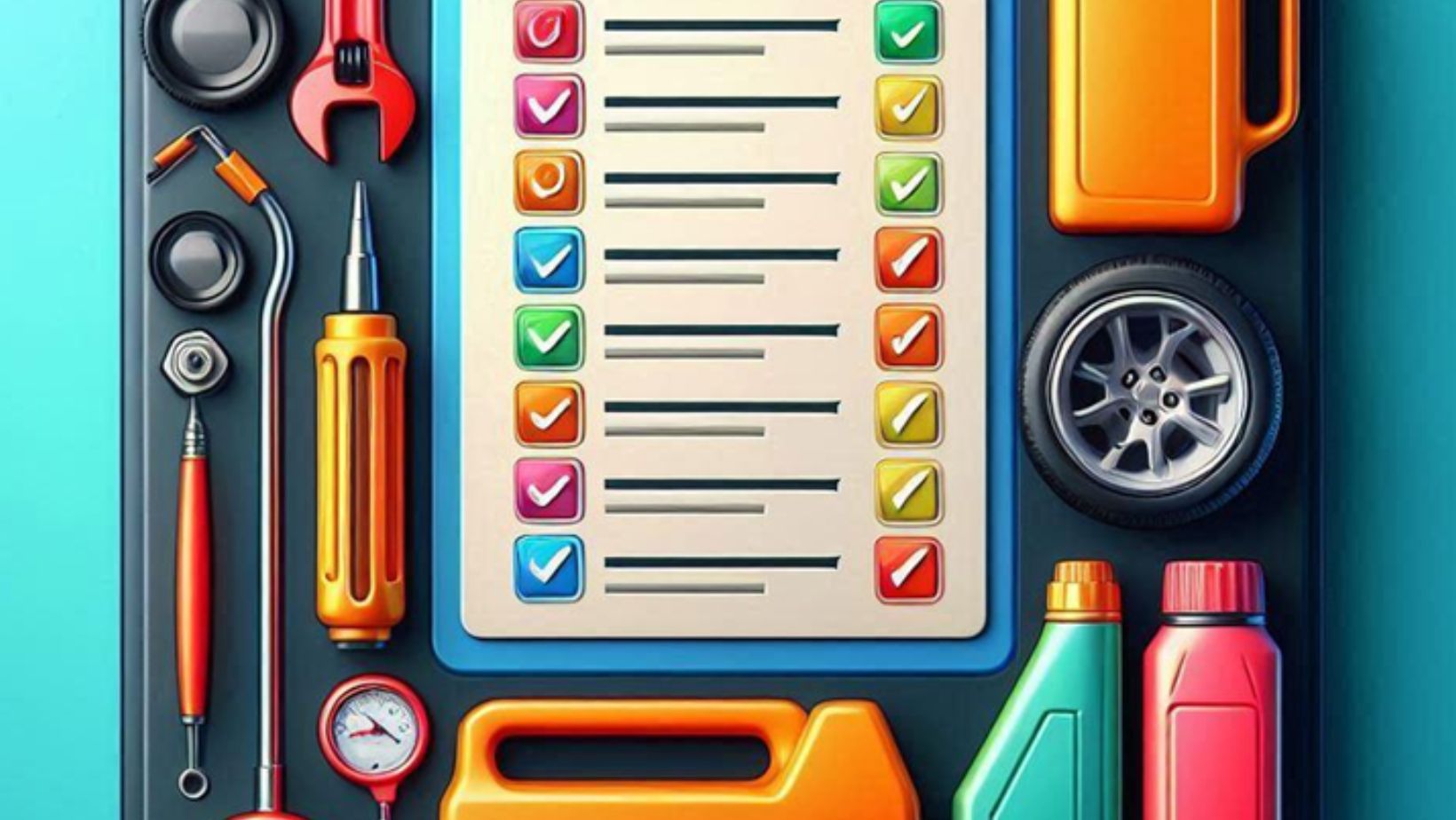
A car crash can flip a normal day upside down, leaving drivers frazzled and wondering where to start. Whether it’s a tiny bump or a jarring smash, quick actions keep everyone safe, protect legal rights, and clear the way for fixing things.
From spotting dangers to snapping photos and calling insurance, every move matters. Let’s break down the must-do steps for vehicle owners after an accident, turning chaos into something manageable.
Keep Cool and Spot Dangers
Right after a collision, steady the nerves. A pounding pulse clouds thinking, so breathe deeply to sharpen focus. Look around for trouble first. Is the car stuck in a bad spot, like straddling a highway lane?
If it still drives and nobody’s hurt, ease it onto the shoulder or into a nearby gas station lot to clear the road. Flick on hazard lights to warn other drivers, especially if the vehicle is stranded.
Check passengers next. Anyone wincing or holding their arm? Ask if they feel okay, watching for shaky voices or dazed looks. If something seems off, dial 911 without hesitation – better safe than sorry.
Scan for hazards like spilled gas, hissing steam, or a dangling power line. If danger looms, herd everyone to a safer zone, like a patch of grass or a curb, and wait for help away from the wreck.
Lock Down the Area
With safety first, make the scene less risky. Dig out warning tools from the trunk – flares, those plastic triangles, or even a neon jacket work like a signal flag to steer traffic clear. If it’s dark or rainy, these markers shine brighter than a lighthouse.

Call the police to report the crash, since most places need their paperwork for any damage or injuries. Stick around unless it’s unsafe, keeping clear of zooming cars while waiting.
Collect the Facts
Gathering evidence paints a vivid story for insurance or court later. Think of it like sketching a map of the moment – every line counts.
Grab a phone and photograph everything: crumpled bumpers, tire tracks, stop signs nearby, even clouds overhead. Spin around for wide shots and close-ups to capture the full scene. If bystanders linger, politely ask for their names and numbers; their words might settle arguments down the line.
Swap info with the other driver – just the basics: name, phone, insurance details, and car type with license plate. Skip debates about who messed up; those chats can tangle things later. Write it all down, maybe on a scrap of paper from the glovebox.
If cops show up, ask how to snag their report – it’s like gold for claims. Sorting out claims can get tricky, so firms provide help after a car crash, steering drivers through legal mazes.
Call Insurance Fast
Reach out to the insurance company pronto – many want word within a day. Fish the insurance card from the dashboard or wallet and call the claims line. Share the key bits: when the crash happened, where, who was there, and what broke. Tell the truth, but don’t guess about fault. Some companies let drivers send photos or files online, so check their rules to move things along.
Ask what’s next – does the car need towing, or should a mechanic look at it to determine the scope of car repair? If aches or pains surface, mention them, as injuries tie to claims. Scribble notes on who’s talked to and when; that list acts like a trail of breadcrumbs if confusion pops up. Hold off on quick payout offers – sometimes repair bills or doctor visits sneak in later.
Watch Health and Car
Even if everyone seems fine, keep an eye out for odd feelings like a stiff neck or foggy head, which might hint at trouble like whiplash. Book a doctor’s appointment soon, just in case.
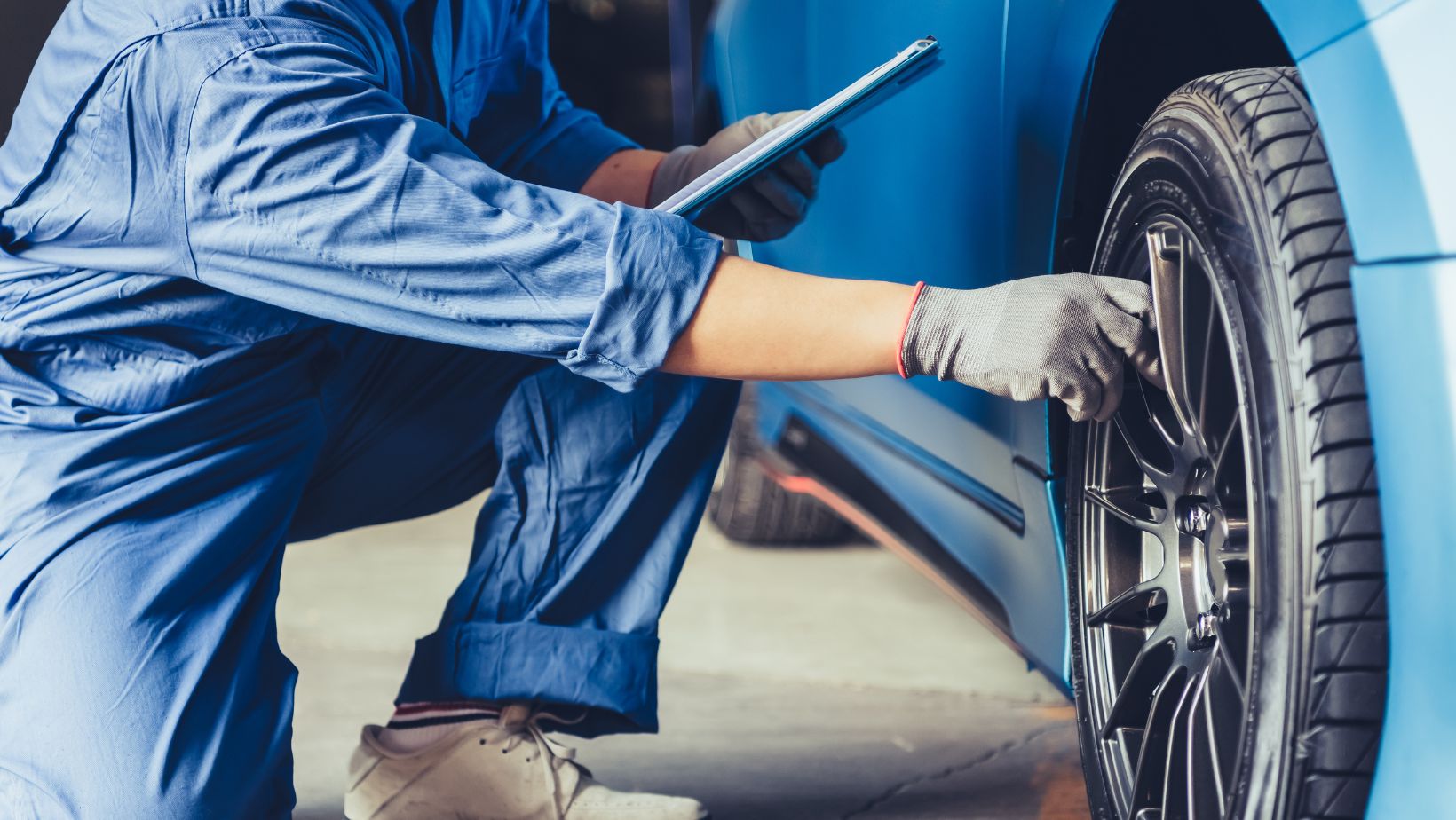
For the vehicle, call a tow truck if it won’t roll, and choose a reliable shop to check for damage. Snap pics before any fixes, as they back up insurance talks. If the other driver caused it, their insurance might pay, but wait for proof before banking on it.
Why It All Counts
Taking charge after a crash keeps things under control. Spotting dangers stops new problems, while photos and notes build a solid case. Calling insurance locks in help, and checking health catches sneaky issues. Each step fits together like a puzzle, making a messy moment easier to handle.
Don’t stall after a wreck. Stick to this plan: calm down, secure the spot, grab facts, phone insurance, and double-check health. Those actions pave a smoother road to recovery, leaving stress in the rearview mirror.

